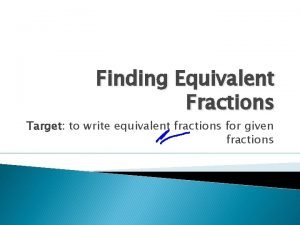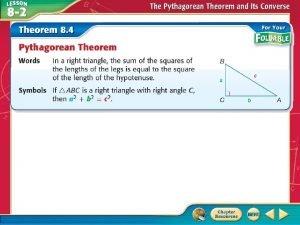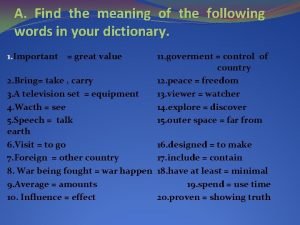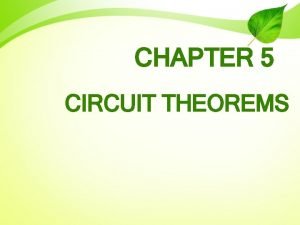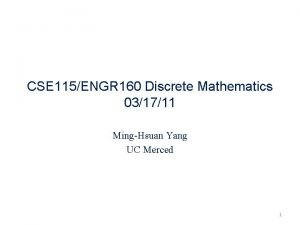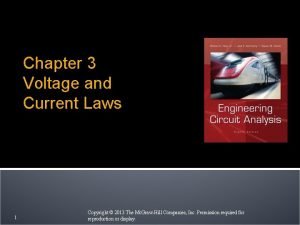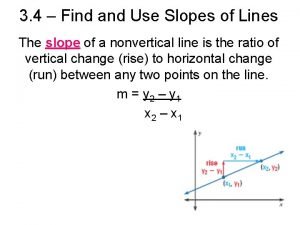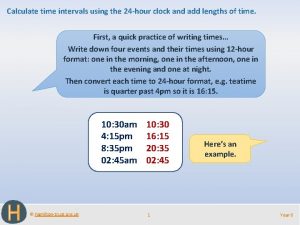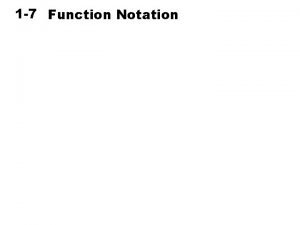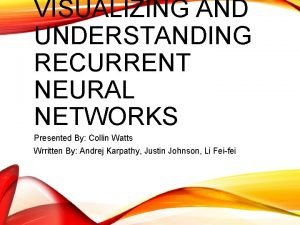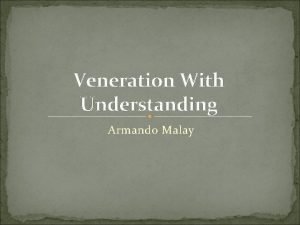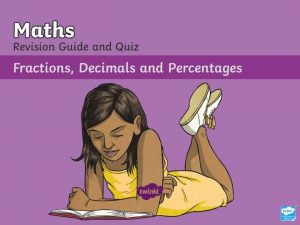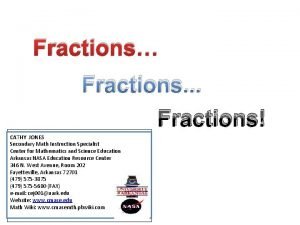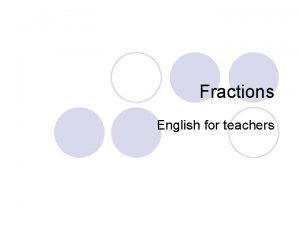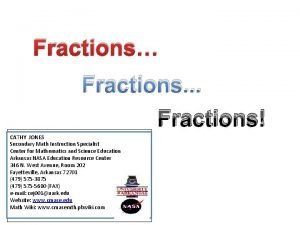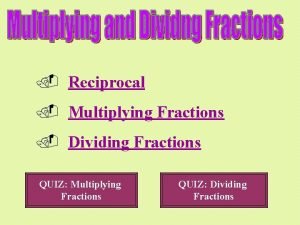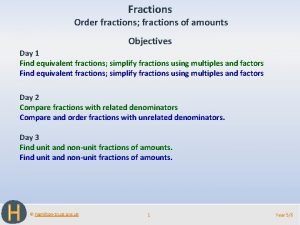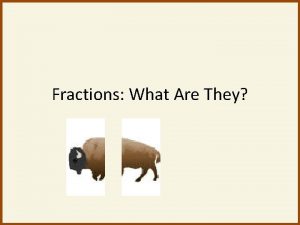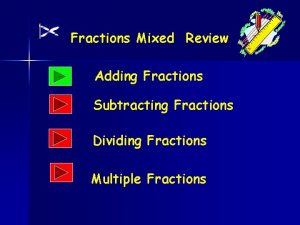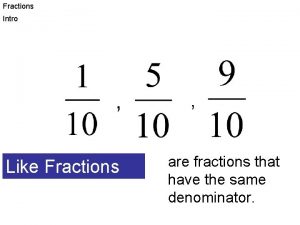Fractions Use understanding of fractions to find fractions




















- Slides: 20

Fractions Use understanding of fractions to find fractions of amounts Objectives Day 1 Revise finding unit fractions of quantities using division facts. Day 2 Revise finding non-unit fractions of quantities using division and multiplication. © hamilton-trust. org. uk 1 Year 3

Fractions Use understanding of fractions to find fractions of amounts Starters Day 1 Division facts for 5 times table (pre-requisite skills) Day 2 Division facts for 3 times table (pre-requisite skills) © hamilton-trust. org. uk 2 Year 3

Fractions Use understanding of fractions to find fractions of amounts Starter Division facts for 5 times table © hamilton-trust. org. uk 3 Year 3

Fractions Use understanding of fractions to find fractions of amounts Starter Division facts for 3 times table © hamilton-trust. org. uk 4 Year 3

Fractions Use understanding of fractions to find fractions of amounts Objectives Day 1 Revise finding unit fractions of quantities using division facts. © hamilton-trust. org. uk 5 Year 3

Day 1: Revise finding unit fractions of quantities using division facts. Take 12 cubes with your partner and use them to find half of 12. What is 1/2 of 12? How do you know? 12 ÷ 2 = 6 © hamilton-trust. org. uk 6 Year 3

Day 1: Revise finding unit fractions of quantities using division facts. How could you find 1/ of 12? Or 1/ ? 3 4 Or 1/6? Or 1/12? What division facts do they link to? Let’s check… Now try to find 1/5 of 12? What happens? Check with the cubes. © hamilton-trust. org. uk 7 1/ 3 of 12 = 4; 12 ÷ 3 = 4 1/ 4 of 12 = 3; 12 ÷ 4 = 3 1/ 6 of 12 = 2; 12 ÷ 6 = 2 1/ 12 of 12 = 1; 12 ÷ 12 = 1 Year 3

Day 1: Revise finding unit fractions of quantities using division facts. Let’s check… Now try with 16 cubes. What is 1/2 of 16? What other fractions of 16 can you find? Which divisions leave a remainder? Who got all those? Dividing 16 by 3, 5, 6, 7, 9 or 10 all left a remainder! © hamilton-trust. org. uk 8 1/ 2 of 16 = 4; 16 ÷ 2 = 8 1/ 4 of 16 = 4; 16 ÷ 4 = 4 1/ 8 of 16 = 2; 16 ÷ 8 = 2 1/ 16 of 16 = 1; 16 ÷ 16 = 1 Year 3

Challenge © hamilton-trust. org. uk 9 Year 3

Fractions Use understanding of fractions to find fractions of amounts Objectives Day 2 Revise finding non-unit fractions of quantities using division and multiplication. © hamilton-trust. org. uk 10 Year 3

Day 2: Revise finding non-unit fractions of quantities using division and multiplication. 25 5 5 We can use a bar model to help us find fractional amounts. 5 5 What is 1/5 of 25? There are 5 smaller boxes, how many should go in each? What is 25 ÷ 5? So what is 2/5 of 25? 3/ Once we know 1/5 we can use times tables facts to find the others! © hamilton-trust. org. uk 5 11 5 of 25? 4/5 of 25? Year 3

Day 2: Revise finding non-unit fractions of quantities using division and multiplication. Let’s check… On your whiteboards draw a bar model to represent 24 ÷ 6. 24 4 4 4 6 sections. How many smaller sections? What number goes in each? 4 in each. What is 1/6 of 24? We could count on in 4 s: 4, 8, 12… but it is quicker to multiply 4 by 5! © hamilton-trust. org. uk So what is 5/6 of 24? 12 Year 3

Day 2: Revise finding non-unit fractions of quantities using division and multiplication. Let’s check… 24 Now on your whiteboards draw a bar model to represent 24 ÷ 8. 3 3 3 3 8 sections. How many smaller sections? What number goes in each? 3 in each, since 24 ÷ 8 = 3 1/ 8 of 24 = 3 Use this to find 3/8 of 24, 5/8 of 24, 2/8 of 24 and 6/ of 24, in each case by multiplying 3 by the 8 numerator of the fraction. © hamilton-trust. org. uk 13 Year 3

Day 2: Revise finding non-unit fractions of quantities using division and multiplication. Now try 3/4 of 20 and 2/ of 15. Can you find these 3 without drawing the bar model? What calculations will you do? …then multiplying by the numerator (top number of the fraction). Try dividing the number by the denominator (bottom) of the fraction… 1/ 1/ 4 of 20 = 5, so 3/4 = 15. Can you see why? © hamilton-trust. org. uk 14 3 of 15 = 5, so 2/3 = 10. Can you see why? Year 3

Investigation: Adult Sheet © hamilton-trust. org. uk 15 Year 3/4

Investigation: Child Sheet © hamilton-trust. org. uk 16 Year 3/4

Challenge © hamilton-trust. org. uk 17 Year 3

Fractions Use understanding of fractions to find fractions of amounts Well Done! You’ve completed this unit. Objectives Day 1 Revise finding unit fractions of quantities using division facts. Day 2 Revise finding non-unit fractions of quantities using division and multiplication. © hamilton-trust. org. uk 18 Year 3

Problem solving and reasoning questions True or false? • A piece of paper folded equally in 3, then folded in half is divided into sixths when you open it out. • 1/3 of a piece of paper is larger than 2/6 of the same piece. • Two eighths make a quarter. • 2/5 of 5 is 2. • 3/8 of 16 is 5. Draw a bar model to represent each question: 3/ 8 of 32? 4/ 5 of 40? 5/ 6 of 42? Write the answers. Write < or > or = between these fractions of amounts: 3/ 5 of 40 © hamilton-trust. org. uk 2/ 3 of 30 19 Year 3

Problem solving and reasoning: Answers True or false? • A piece of paper folded equally in 3, then folded in half is divided into sixths when you open it out. True. • 1/3 of a piece of paper is larger than 2/6 of the same piece. False, they are the same since 1/3 and 2/6 are equivalent fractions. • Two eighths make a quarter. True. • 2/5 of 5 is 2. True. • 3/8 of 16 is 5. False it is 6. Draw a bar model to represent each question: 3/ of 32? 12 8 4/ of 40? 32 5 5/ of 42? 35 6 Write the answers. Write < or > or = between these fractions of amounts: 3/ of 40 > 2/ of 30 5 3 3/ of 40 = 24 and 2/ of 30 = 20, so 3/ of 40 is the greater. 5 3 5 © hamilton-trust. org. uk 20 Year 3
 How to write mixed fraction
How to write mixed fraction Use the pythagorean theorem to find the missing measure.
Use the pythagorean theorem to find the missing measure. The following words
The following words Source transformation theorem
Source transformation theorem Gcf and lcm venn diagram
Gcf and lcm venn diagram How to solve inverse trig functions
How to solve inverse trig functions Use algorithm 5 to find 11^644 mod 645
Use algorithm 5 to find 11^644 mod 645 Use ohm's law, kvl, and kcl to find vx.
Use ohm's law, kvl, and kcl to find vx. Find and use slopes of lines
Find and use slopes of lines What reference source would you use to find the
What reference source would you use to find the How to write time in 24 hour clock
How to write time in 24 hour clock Function notation table
Function notation table Look up the following words in a dictionary
Look up the following words in a dictionary How you use ict today and how you will use it tomorrow
How you use ict today and how you will use it tomorrow Grandfather and sister
Grandfather and sister Semantic understanding
Semantic understanding Visualizing and understanding recurrent networks
Visualizing and understanding recurrent networks Visualizing and understanding convolutional neural networks
Visualizing and understanding convolutional neural networks Ranjani saigal
Ranjani saigal Armando malay veneration with understanding, 1976
Armando malay veneration with understanding, 1976 Valuable intellectual traits
Valuable intellectual traits
